Relining And Rebasing
Relining And Rebasing Definitions
Relining: A procedure to resurface the tissue surface of the denture with new base material to make the denture it more accurate
Rebasing: A process of refitting a denture by the replacement of the denture base material
Relining And Rebasing Important Notes
Relining And Rebasing:
Indications Of Relining And Rebasing:
- Immediate dentures at 3-6 months after their original construction
- When the residual alveolar ridges have resorbed, and adaptation of the denture base to the ridge is poor
- When a patient cannot afford the cost of new dentures
- Geriatric or chronically ill patients
- Centric occlusion should coincide with centric relation
Read And Learn More: Prosthodontics Question And Answers
Contra-Indications of Relining And Rebasing:
- An excessive amount of resorption
- Abused soft tissues are present
- The patient complains of TMJ problems
- Dentures have poor esthetics
- Denture creating speech problems
- Severe osseous undercuts exist until surgical removal and healing occurs
Relining And Rebasing Short Essays
Question 1. Tissue conditioner.
Answer:
Tissue conditioners are tissue-lining materials
Functions Of Tissue Conditioner:
- Permit wider dispersion of forces
- Aid to decrease the force per unit area transmitted to the supporting tissues
- Serve as an analog of the mucoperiosteum
Composition Of Tissue Conditioner:
- Polymethyl methacrylate
- Aromatic ester
- Ethyl alcohol
Uses Of Tissue Conditioner:
- Tissue treatment
- Temporary obturator
- Baseplate stabilization
- To diagnose the outcome of resilient liners
- Liners in surgical splints
- Trial denture base, Functional impression material
Relining and Rebasing of Complete Dentures
Question 2. Uses of resilient liners.
Answer:
Uses Of Resilient Liners:
- Adjuncts for tissue healing
- Preserve the residual ridge
- Heal irritated tissue
- As temporary obturator
- Done directly in the mouth
- Or indirectly after making an impression of the surgical site
- Stabilization of baseplate
- Used in the presence of undercuts to stabilize the denture base and prevent its breakage
- Diagnosis of the outcome of resilient liner
- In case of chronic soreness caused by dentures
- For surgical splint
- As it is of stiffer consistency
- As a trial denture base
- As functional impression material
- In the presence of movable tissues

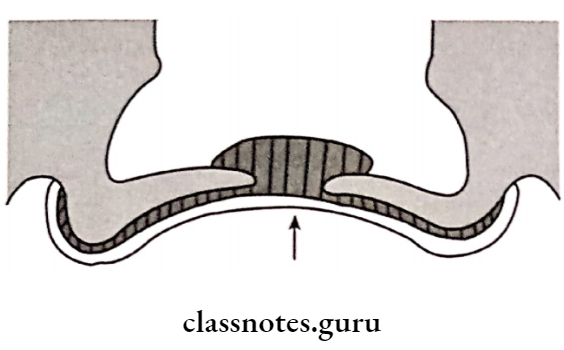
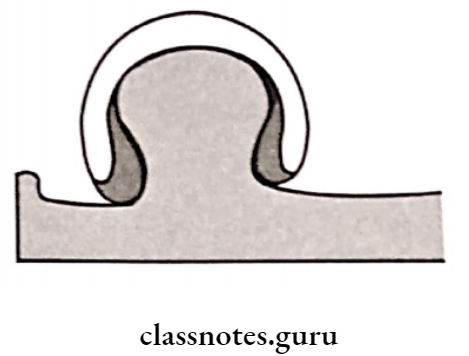
Complete Denture Relining Explained
Question 3. Open mouth relining.
Answer:
Boucher’s Technique:
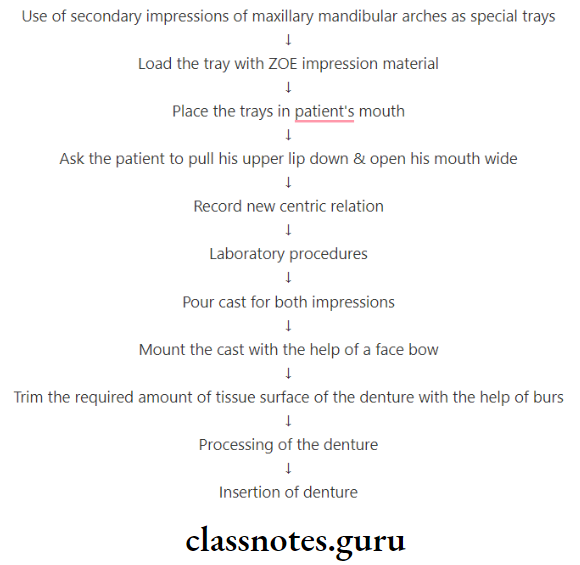
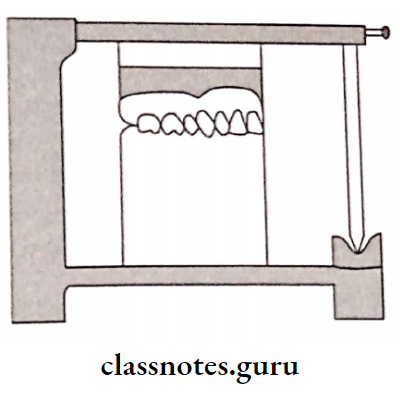
Question. 4. Relining and rebasing.
Or
Indications for relining the complete denture.
Answer:
Relining: A procedure to resurface the tissue surface of the denture with new base material to make the denture fit more accurately
Rebasing: A process of refitting a denture by the replacement of the denture base material
Rebasing in Prosthodontics
Indications Of Relining The Complete Denture:
- Immediate dentures after 3–6 months
- Poor adaptation of dentures
- Economic
- Old patients
Contraindications Of Relining The Complete Denture:
- Excessive residual ridge resorption
- Abused soft tissues
- TMJ problems
- Dissatisfied patients
- Abnormal jaw relations
- The patient has a speech defect
- Presence of severe undercuts
Advantages Of Relining The Complete Denture:
- The need for frequent visits
- Economic
- Good fit
- Incorporation of soft liner possible
Disadvantages Of Relining The Complete Denture
- Alters jaw relation
- Impossible to correct jaw relation, aesthetics
- Impossible to correct occlusal arrangements
- Not used in dentures with excessive resorption
Question 5. Remounting procedure.
Answer:
Used to refine the occlusion of prosthesis
Purpose Of Remounting :
- Reproduce the relationship of the cast at rest & at function
- Verify the records
- Correct processing errors
- Refine occlusion
Denture Relining Procedure
Requirements Of Remounting :
- Not weaken the cast
- Not create undercut
- Be functional
- Quick & easy to fabricate
- Easy to remove
- Provide 3D fit of the denture
Methods Of Remounting :
1. Groove Indexing Method:
- Two lines are drawn
- One line sagittally & other transversely

2. Notch Indexing Method:
- Notches are created one anterior and 2 posterior
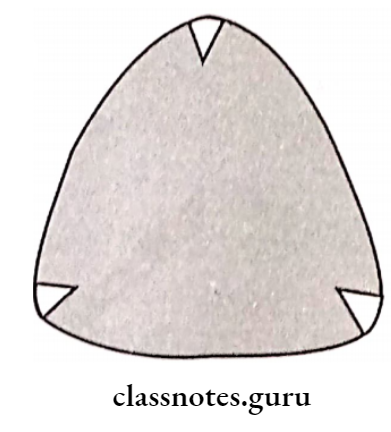
3. Split Remounting PlatesFor Indexing:
- Male and female remounting plates are used
- These can be fitted to one another and unlocked with the help of locking pins
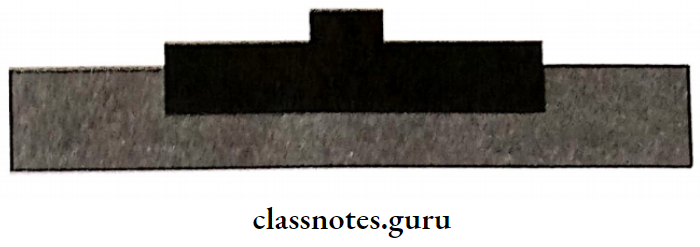

Relining And Rebasing Short Question And Answers
Question 1. Conditioning of abused and irritated tissues.
Answer:
- Tissue conditioners are used
- Composition
- Polymer
- Monomer
- Liquid plasticizer
Manipulation Of Abused:
- Mixing ratio 1.25 parts polymer, 1 part monomer, 0.5cc plasticizer
- Mix the ingredients to form a gel
- Apply sufficient thickness of material to the tissue surface of the denture
- Insert the denture in the patient’s mouth
- Carry out border movements
Maintenance Of Abused:
- Avoid cleaning with a hard brush
- Use a soft brush under running water
Question 2. Clinical remounting
Answer:
Clinical remounting is done using interocclusal records
Steps Of Clinical Remounting:
- The occlusal surface of the maxillary denture was lubricated with Vaseline and inserted into the mouth
- Two layers of aluwax are placed over posterior teeth in mandibular fixed partial denture
- Wax is sealed to the denture
- A mandibular fixed denture is inserted in the mouth and the mandible is guided into a centric relation
- Next patient is asked to close his mouth such that maxillary teeth penetrate about 1-1.5 mm deep into the wax
- Dentures are removed
- They are reinserted and the process is repeated with complete closure
- A maxillary denture is mounted on the articulator using a remount cast
- A mandibular denture is repositioned against the articulated maxillary denture using a centric record and articulated
Denture Rebasing Clinical Steps
Question 3. Functional relining technique.
Answer:
Functional Relining Technique:
- Suggested by Winkler
- The patient is advised to avoid wearing nightwear with the denture
- Occlusal correction is carried out
- Overextension of the denture is corrected
- The tissue surface is reduced
- The tissue conditioning material is placed
- A denture is inserted in the patient’s mouth
- Impression is removed
- Trim the excess material
- The denture is inserted
- Recall the patient after 3 to 5 days
- Examine the depressed areas and renew the material
- The impression is next made with ZOE and the cast is poured

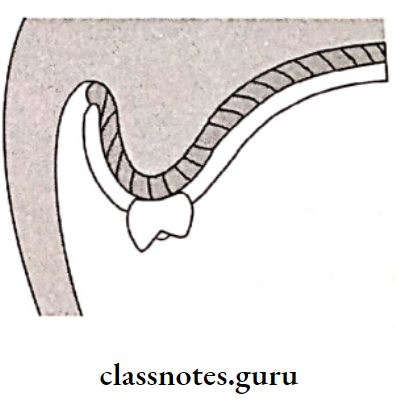
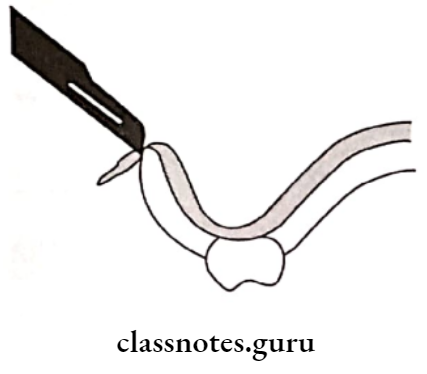
Question 4. Instructions for patients in care And maintenance of tissue conditioners.
Answer:
Instructions For Patients In The Care And Maintenance Of Tissue Conditioners:
- Tissue conditioners should not be cleaned by scrubbing with a hard brush to prevent tearing of material
- The use of a soft brush under running water should be done
- They tend to harden and roughen within 4 to 8 weeks due to the loss of plasticizers
- Hence, periodic visits should be carried out
Relining And Rebasing Viva Voce
1. Elastic stage of the tissue conditioner is reached in 1- 2 weeks
